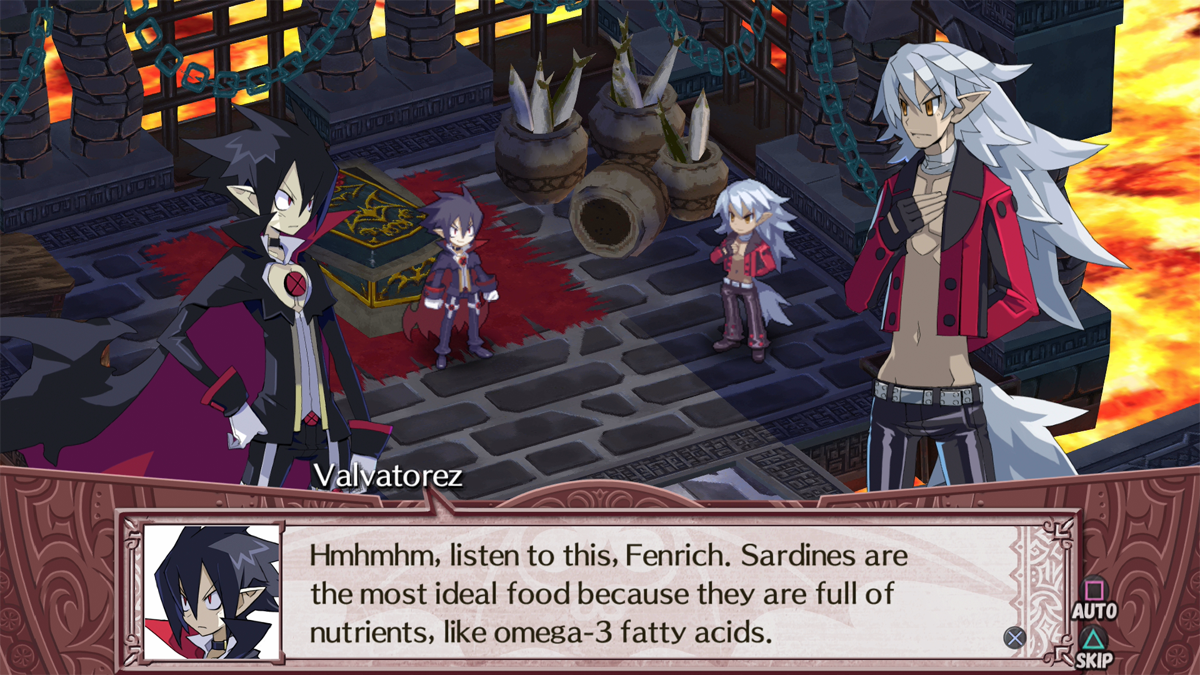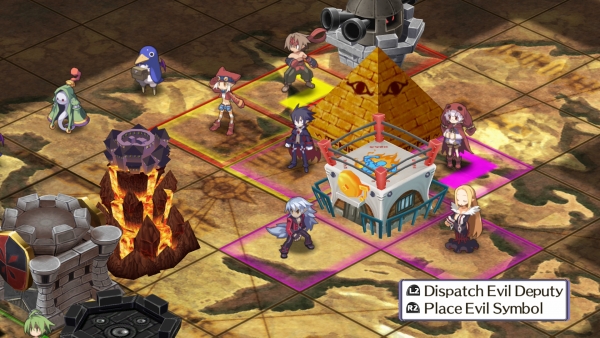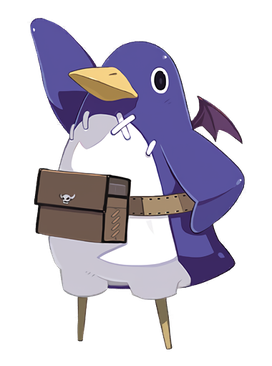Muck is worth playing as an example of how compelling various roguelike elements and open-world survival games can be, even when done in a mediocre context. With that said, I think Risk of Rain 2 is a better 3D roguelike, and Minecraft is a better open-world crafting game. Maybe because Muck was made as a joke. Okay, let’s step back for a minute.
Despite the fact that we live in 2021, people apparently still write rude YouTube comments. I’m not sure why they do this. There are only two possible outcomes when you write a rude YouTube comment:
- No one sees your comment, no one cares, and you scream into the void.
- Someone sees your comment, and they feel bad for a moment.
- Someone sees your comment, and decides to dunk on you as hard as feasibly possible.
Muck is an example of #3.
I’m going to link the video here, all you really need to know is that Muck was made quickly, mostly to make a silly video, and now has been played a whole bunch.
I’ve only played about 5 hours of Muck, but I’m still going to write about it, because I’ll be damned if I don’t get something out of those five hours.
I don’t think Muck is bad, it’s more that it just isn’t very polished in any respect, which all things considered, kind of makes sense. To my mind, the game has more in common with roguelikes than crafting/open world survival games. I say this because in my experience, you don’t actually spend a lot of time building bases or structures like you might in say, Valheim.
Instead, you’ll toss up a few walls, build your crafting stations, and then desperately scramble around looking for food, supplies, and powerups before night falls, and enemies attack. If you’re playing multiplayer, there might be some division of labor on who exactly is trying to find what, but it’s basically a non-stop rush to get lumber to craft a workbench to craft a pick to mine rocks to make a furnace to smelt ore to…. you can probably see where I’m going with this. In any case, at some point, you’ll notice the sun has gone down, and you’re being mauled by goblins. Or wolf-shaped things. Or what appears to be a flying anemic dragon.
If you manage to kill them, they’ll drop some gold, which you can spend to open chests containing permanent buffs, similar to Risk of Rain. If I had any actual complaints, it would be that these buffs tend to be fairly dull, such as faster move speed, faster attack speed, more damage, etc. Nothing about them really lends itself toward being build-defining, or letting you choose a playstyle.
At some point you’ll either die, and restart this entire process (or just quit), or you’ll build up enough weapons and armor to start actually trying to beat the game. Unlike many other games in this genre, Muck actually does have an ending. You win by beating a few bosses, collecting some gems from them, repairing a boat with said gems plus a bunch of other supplies, and choosing to leave. Then there’s a final boss fight, which might just utterly shred you if you get unlucky.
You’ll notice I haven’t said much about combat in Muck, and that’s because it’s as barebones as it feasibly could be. You have swords, you hit people with them, and you move away from them when they do an attack to dodge their backswing. Some enemies shoot projectiles.
And that’s pretty much everything that makes up Muck. I don’t have too much to say on it. Its a free, incredibly barebones randomly generated survival game with roguelike elements. It doesn’t do anything incredible, but it’s also not trying or claiming to do anything incredible. There are worse ways to spend your time, and all the better ones cost money. If you’re really bored, and everyone in your friend group refuses to buy new games ever, consider grabbing Muck for free on Steam.















